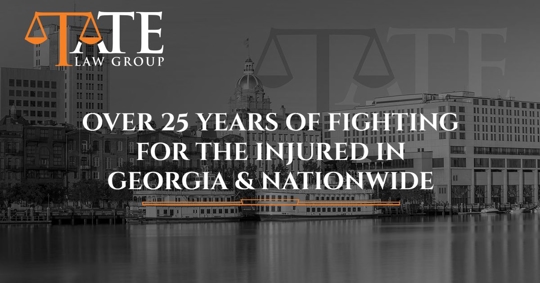Cooking, Fires, and Hot Appliances Are the Focus of This Week’s Warnings
The American Burn Association, a nonprofit dedicated to supporting the victims of burn injuries, furthering research, and organizing education and prevention efforts, hosts National Burn Awareness Week during the first week of every February. This year’s theme is preventing contact burns. We are proud to help the American Burn Association spread the word on the dangers of burn injuries.
In 2018, more than 400,000 Americans were burned badly enough they were hospitalized. Another 3,655 sustained fatal burn injuries. Though medicine has improved the survival rate for burn patients, those who suffer serious injuries are likely to face lasting side effects including:
- Serious scarring
- Physical disability
- Difficulty re-adjusting to life
The American Burn Association has been leading research into treatment, rehabilitation, and reintegration of burn patients into society to improve outcomes. Another major prong of their advocacy is prevention: The more we can do to educate the public on the danger of burns, the more people we can save from this fate. Our attorneys try to do our part by holding workplaces, manufacturers, and others who endanger general safety accountable for the damages they cause.
What the American Burn Association Wants You to Know
Of the 400,000 burn injuries that require some sort of medical treatment each year, most are caused by:
- Contact with fire or flame
- Contact with hot objects
- Scalds by steam or boiling liquids
- Electricity
- Contact with or exposure to toxic chemicals
Serious burns of any type cause intense physical and emotional damage. The treatment patients require is unfortunately painful and may require long hospital stays or repeated clinician visits. Taking a few minutes to ensure safety around fires or other sources of intense heat may save people from tragic and lasting injuries.
Learn Your Burns
You’ve likely heard of first-, second-, and third-degree burns, but do you know the difference? And, do you know what to happen if you or a loved one is injured? Contact burns may range in severity depending on the temperature of the object, the length of the contact, and the size of the burn.
A first-degree burn affects only the top layer of skin. It’s likely the kind of burn you will sustain if you accidentally touch a hot pan or sip your coffee before it’s cooled off. Though painful, these burns typically do not need treatment; patients may take painkillers like Advil to increase their comfort as the wound heals.
A second-degree burn affects both the top layer of skin (epidermis) and the second layer of skin (dermis). These burns typically turn red, form blisters, and swell and are very painful. Small burns that are two to three inches in diameter are usually considered “minor burns” and can be treated at home. Extensive burns or burns that affect body parts that need freedom of movement (feet, face, elbows, knees, etc.) should be treated in an emergency room or urgent care clinic. Burns of this type may cause scarring or loss of movement if they do not heal correctly.
A third-degree burn affects all layers of the skin. They may not hurt because they often destroy nerve endings. However, even a small third-degree burn needs immediate medical attention. The burned skin may appear charred or white and often has a dry and/or rough texture. This damage is serious and permanent, and patients may need skin grafts or other advanced treatments to help the healing process. Third-degree burns are likely to leave permanent scars and, depending on their location, may affect joint range or function.
Do You Have a Burn Safety Plan?
At work or at home, it’s important to know the hazards and make a plan to minimize the dangers and respond to harm. The American Burn Association has a variety of burn prevention resources you can use to educate yourself and others. Working together, we can prevent burn injuries and improve outcomes for anyone who has been affected.
If you or someone you know has suffered from a bad burn, the Tate Law Group can help you understand your legal rights. Anyone who endangers others in such a serious way must be held accountable and face public pressure until they change their practices.

